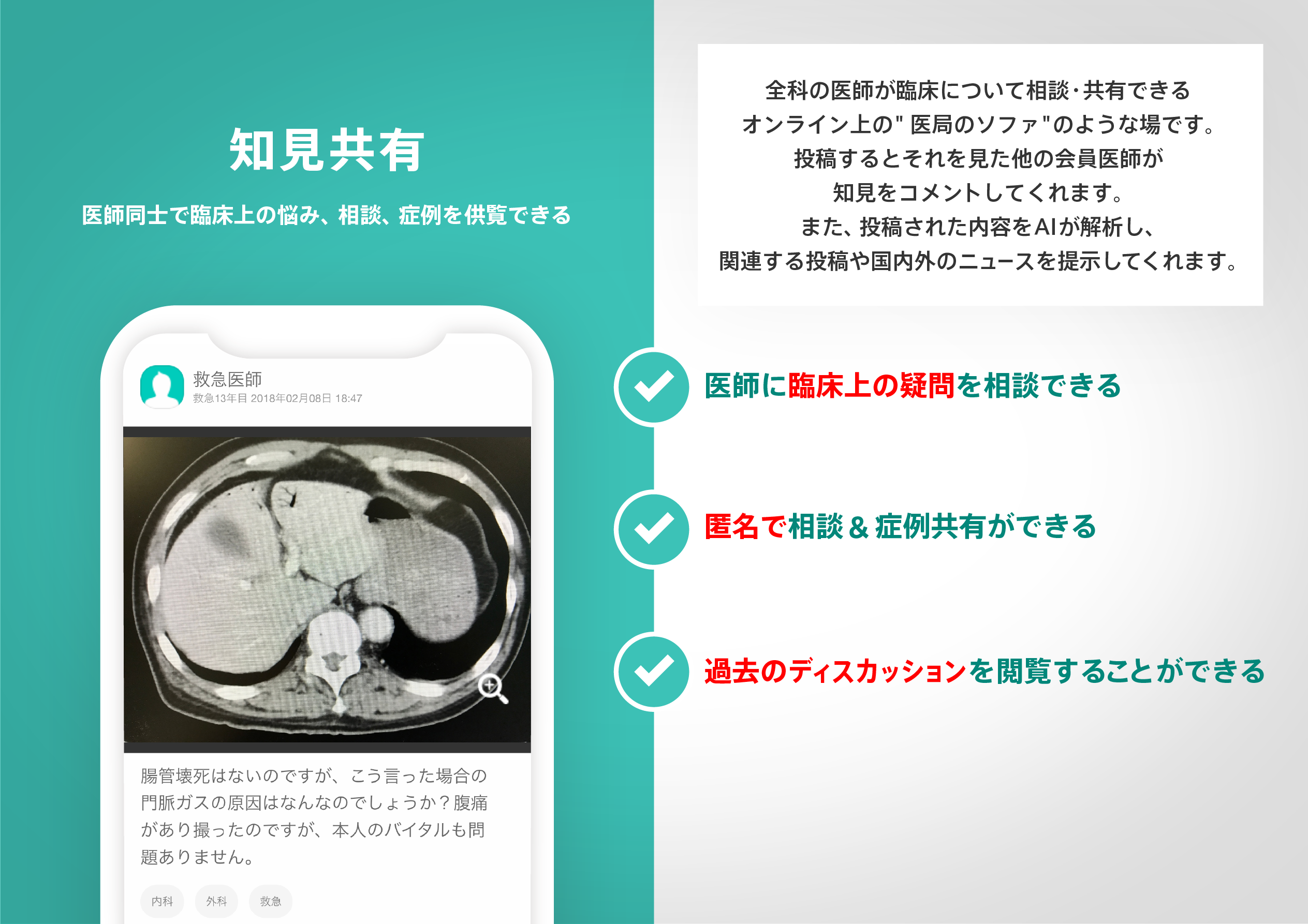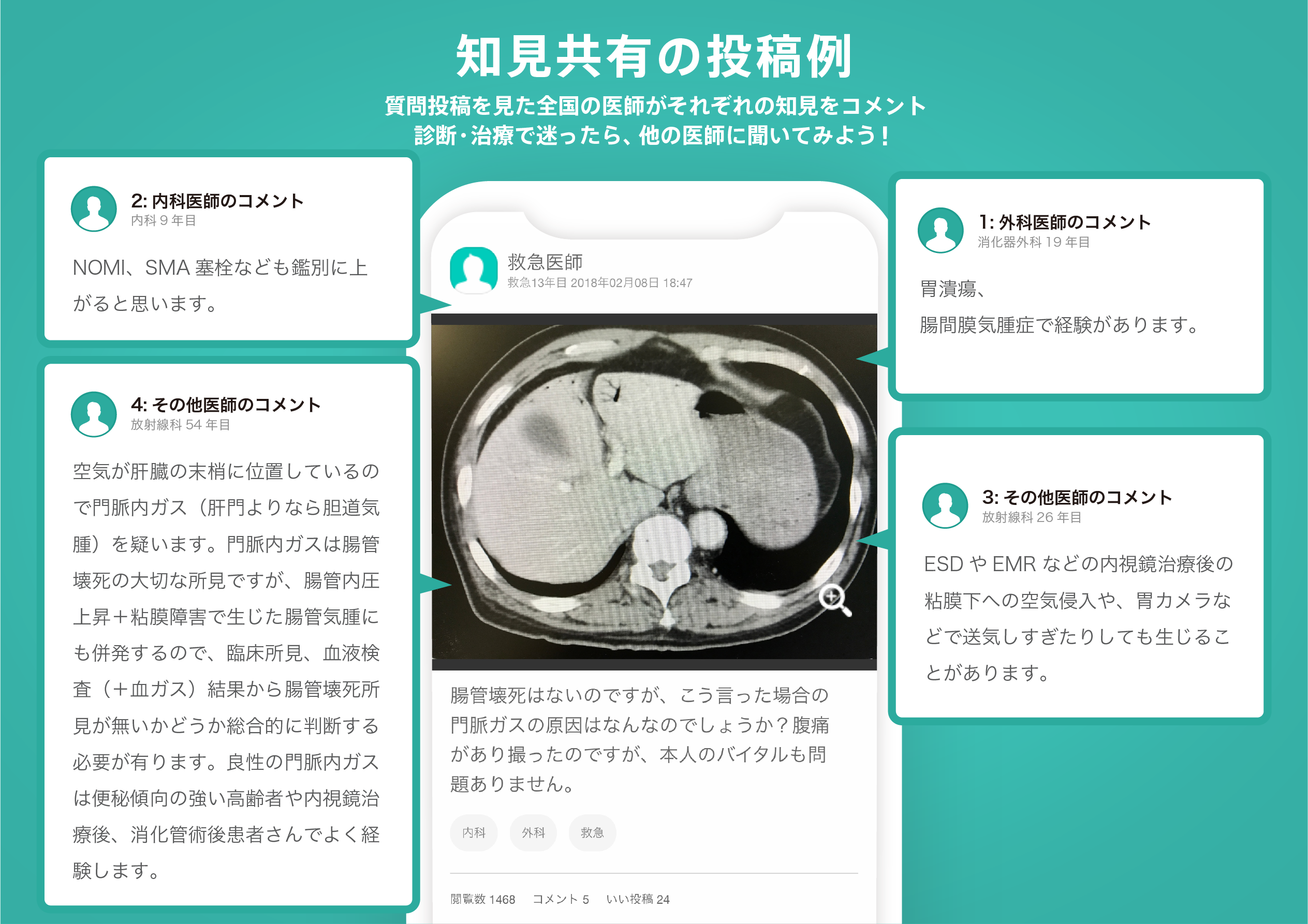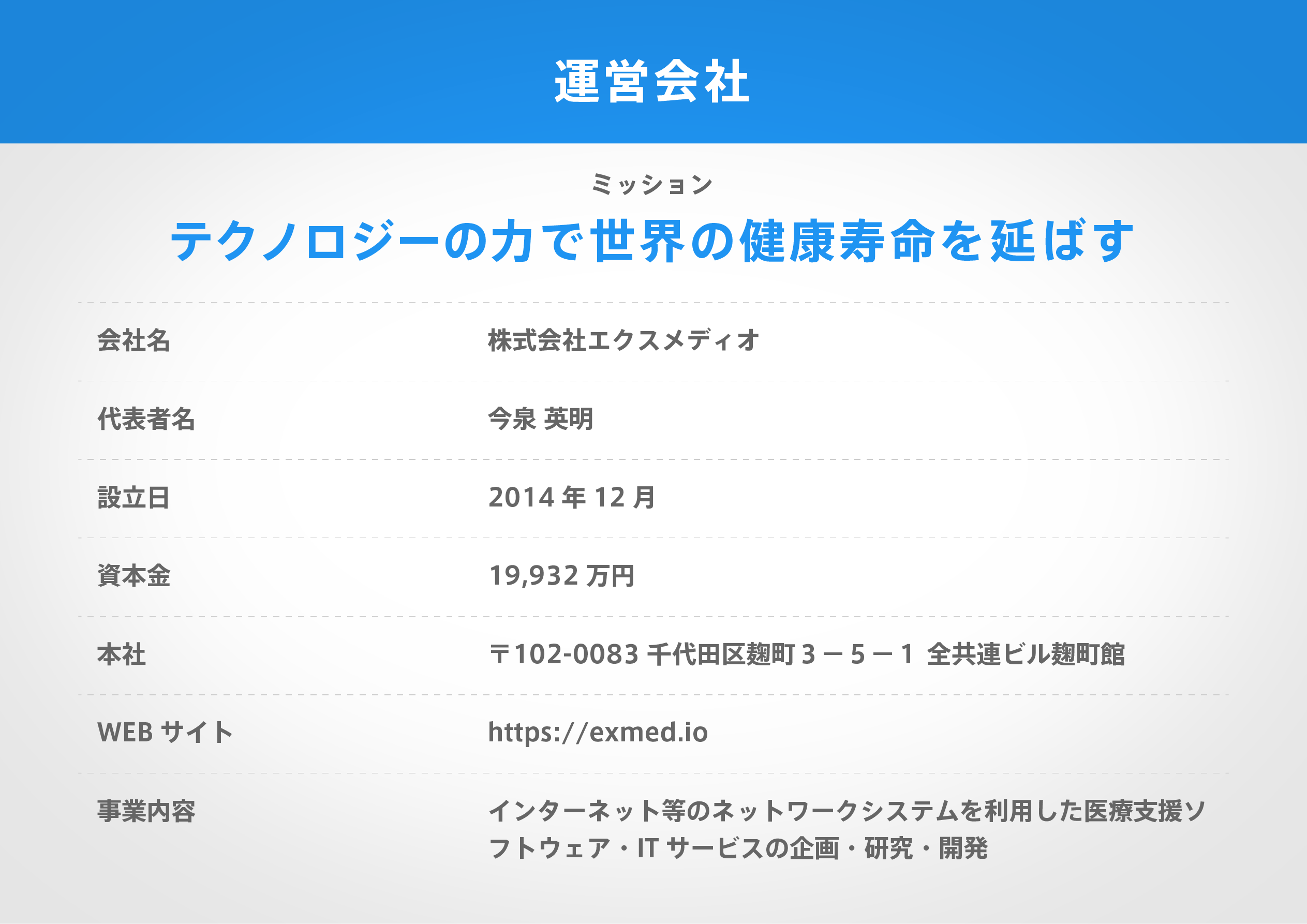著名医師による解説が無料で読めます
すると翻訳の精度が向上します
がん生存者の数は、人口の成長と老化、そして早期発見と治療の進歩により、米国で増加し続けています。公衆衛生コミュニティがこれらの個人に奉仕するのを支援するために、アメリカ癌協会と国立癌研究所は、監視、疫学、および結果の結果、癌登録からの発生率と生存データを使用して、米国のがんの有病率を推定するために三年間に協力して、3年ごとに協力しています。Centers for Disease Control and Preventionの国立健康統計センター、および米国国勢調査局からの人口予測から。国立癌データベースの情報に基づく現在の治療パターンは、人種ごとに最も一般的な癌タイプについて提示され、がん関連および治療関連の副作用についても簡単に説明します。癌の歴史を持つ1800万人以上のアメリカ人(830万人の男性と970万人の女性)が2022年1月1日に生きていました。(726,450)男性と乳房(4,055,770)、子宮コーパス(891,560)、および甲状腺(823,800)。過去10年以内に生存者の半分(53%)が診断され、3分の2(67%)は65歳以上でした。治療における最大の人種的格差の1つは直腸癌です。これは、白人患者の66%と比較して、I期疾患の黒人患者の41%を患者の66%と比較して誘ectoctocolectocolecolectocolectomyを受けています。また、外科的受領は、非小細胞肺癌の黒人患者でも大幅に低く、I-IIステージで49%、III期の場合は16%対白人患者の場合は55%と22%です。これらの治療格差は、黒人患者がほとんどの癌の白人患者よりも病期I疾患と診断される可能性が低く、女性乳房の最大の格差(53%対68%)と子宮内膜(59)との障害が生じているという事実によって悪化しています。%対73%)。患者、介護者、臨床医ががんの生存のさまざまな段階をナビゲートするのを支援できるツールは増えていますが、色のコミュニティの格差を軽減し、ケアを最適化するために、さらなる証拠に基づいた戦略と利用可能なリソースへの公平なアクセスが必要です癌の歴史を持つ人々。Ca Cancer J Clin。2022; 72:409-436。
がん生存者の数は、人口の成長と老化、そして早期発見と治療の進歩により、米国で増加し続けています。公衆衛生コミュニティがこれらの個人に奉仕するのを支援するために、アメリカ癌協会と国立癌研究所は、監視、疫学、および結果の結果、癌登録からの発生率と生存データを使用して、米国のがんの有病率を推定するために三年間に協力して、3年ごとに協力しています。Centers for Disease Control and Preventionの国立健康統計センター、および米国国勢調査局からの人口予測から。国立癌データベースの情報に基づく現在の治療パターンは、人種ごとに最も一般的な癌タイプについて提示され、がん関連および治療関連の副作用についても簡単に説明します。癌の歴史を持つ1800万人以上のアメリカ人(830万人の男性と970万人の女性)が2022年1月1日に生きていました。(726,450)男性と乳房(4,055,770)、子宮コーパス(891,560)、および甲状腺(823,800)。過去10年以内に生存者の半分(53%)が診断され、3分の2(67%)は65歳以上でした。治療における最大の人種的格差の1つは直腸癌です。これは、白人患者の66%と比較して、I期疾患の黒人患者の41%を患者の66%と比較して誘ectoctocolectocolecolectocolectomyを受けています。また、外科的受領は、非小細胞肺癌の黒人患者でも大幅に低く、I-IIステージで49%、III期の場合は16%対白人患者の場合は55%と22%です。これらの治療格差は、黒人患者がほとんどの癌の白人患者よりも病期I疾患と診断される可能性が低く、女性乳房の最大の格差(53%対68%)と子宮内膜(59)との障害が生じているという事実によって悪化しています。%対73%)。患者、介護者、臨床医ががんの生存のさまざまな段階をナビゲートするのを支援できるツールは増えていますが、色のコミュニティの格差を軽減し、ケアを最適化するために、さらなる証拠に基づいた戦略と利用可能なリソースへの公平なアクセスが必要です癌の歴史を持つ人々。Ca Cancer J Clin。2022; 72:409-436。
The number of cancer survivors continues to increase in the United States due to the growth and aging of the population as well as advances in early detection and treatment. To assist the public health community in better serving these individuals, the American Cancer Society and the National Cancer Institute collaborate triennially to estimate cancer prevalence in the United States using incidence and survival data from the Surveillance, Epidemiology, and End Results cancer registries, vital statistics from the Centers for Disease Control and Prevention's National Center for Health Statistics, and population projections from the US Census Bureau. Current treatment patterns based on information in the National Cancer Database are presented for the most prevalent cancer types by race, and cancer-related and treatment-related side-effects are also briefly described. More than 18 million Americans (8.3 million males and 9.7 million females) with a history of cancer were alive on January 1, 2022. The 3 most prevalent cancers are prostate (3,523,230), melanoma of the skin (760,640), and colon and rectum (726,450) among males and breast (4,055,770), uterine corpus (891,560), and thyroid (823,800) among females. More than one-half (53%) of survivors were diagnosed within the past 10 years, and two-thirds (67%) were aged 65 years or older. One of the largest racial disparities in treatment is for rectal cancer, for which 41% of Black patients with stage I disease receive proctectomy or proctocolectomy compared to 66% of White patients. Surgical receipt is also substantially lower among Black patients with non-small cell lung cancer, 49% for stages I-II and 16% for stage III versus 55% and 22% for White patients, respectively. These treatment disparities are exacerbated by the fact that Black patients continue to be less likely to be diagnosed with stage I disease than White patients for most cancers, with some of the largest disparities for female breast (53% vs 68%) and endometrial (59% vs 73%). Although there are a growing number of tools that can assist patients, caregivers, and clinicians in navigating the various phases of cancer survivorship, further evidence-based strategies and equitable access to available resources are needed to mitigate disparities for communities of color and optimize care for people with a history of cancer. CA Cancer J Clin. 2022;72:409-436.
医師のための臨床サポートサービス
ヒポクラ x マイナビのご紹介
無料会員登録していただくと、さらに便利で効率的な検索が可能になります。






